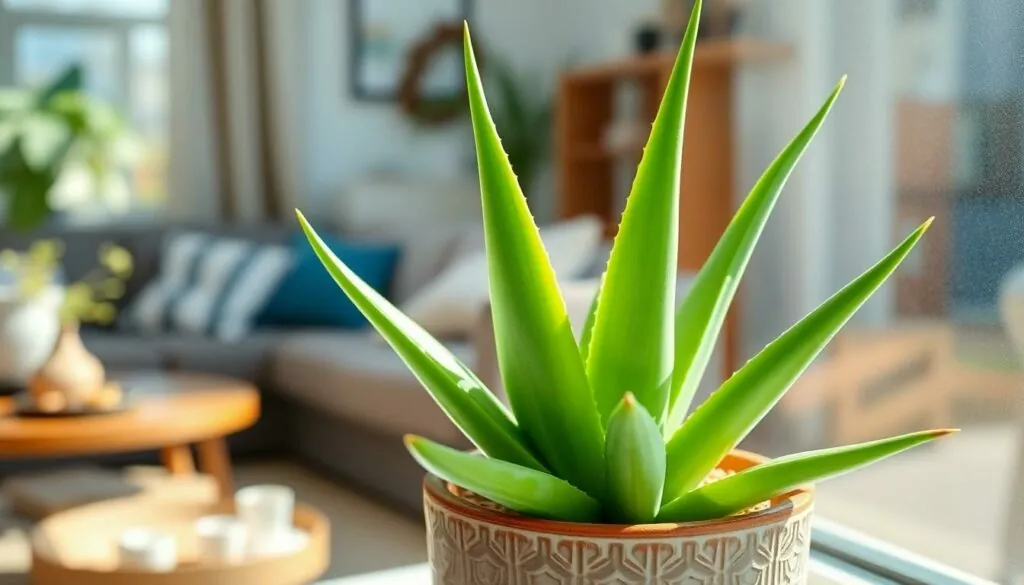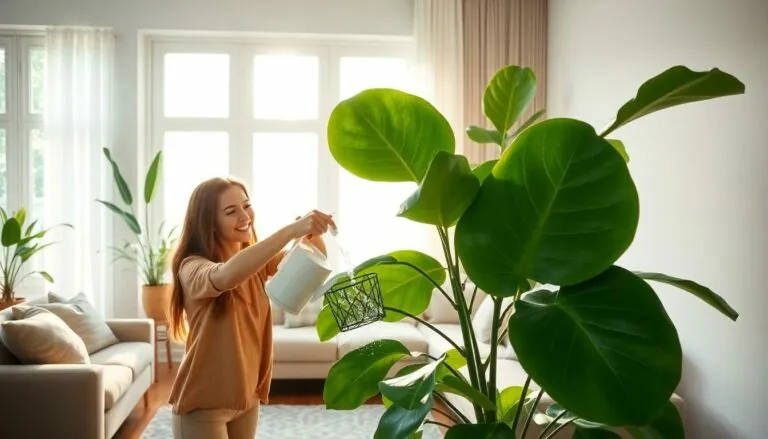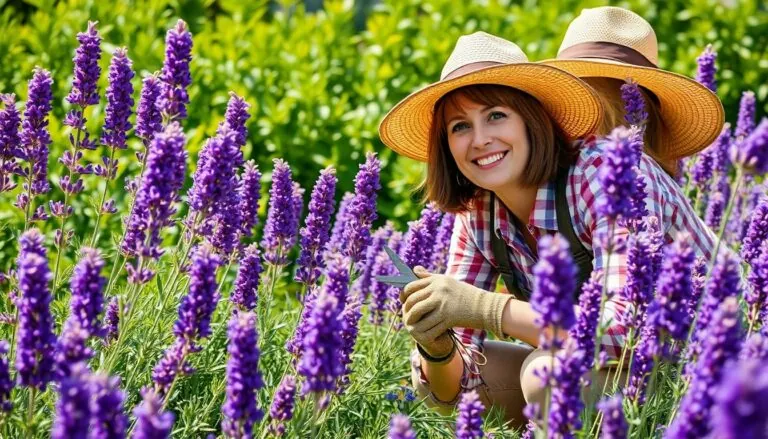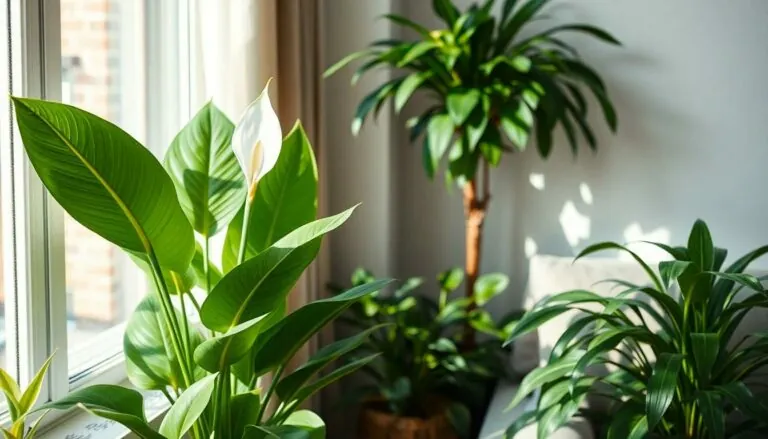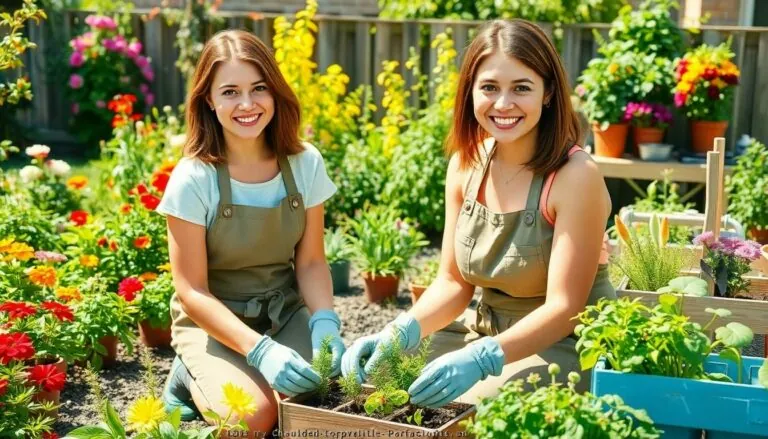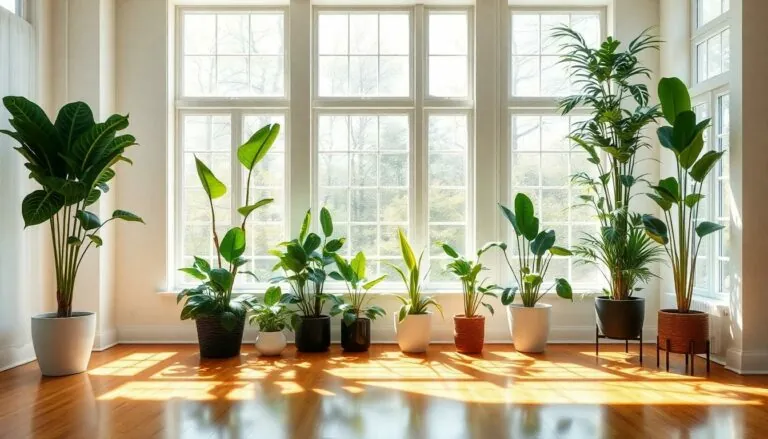Table of Contents
ToggleAloe vera plants are the superheroes of the succulent world, offering everything from soothing sunburns to sprucing up your living room. But even these resilient green warriors can run into trouble. If your aloe’s looking less like a thriving plant and more like a sad, floppy pancake, you’re not alone. Many plant parents face aloe care conundrums that can turn their green thumbs a bit brown.
Common Aloe Vera Plant Care Problems
Aloe vera plants, although resilient, often face specific care problems that can affect their health. Understanding these issues can help owners nurture thriving plants.
Overwatering Issues
Overwatering leads to roots becoming waterlogged and prone to rot. Symptoms like yellowing leaves and a mushy texture indicate distress. Checking the soil moisture regularly helps prevent this problem. Allowing the soil to dry out between waterings promotes healthy growth. Using a pot with drainage holes ensures excess water escapes. Adjusting the watering frequency based on season is crucial; reduced watering occurs during colder months.
Underwatering Symptoms
Underwatering results in shriveled leaves and dry, crisp tips. Owners may notice the decrease in plant turgor, making the leaves look limp. A thorough watering immediately revitalizes the plant. Checking soil moisture can help determine the right watering schedule. Aloe vera prefers infrequent but deep watering, mimicking its natural habitat. Reassessing environmental conditions, like heat and light exposure, also aids in maintaining proper hydration levels.
Pests Affecting Aloe Vera Plants
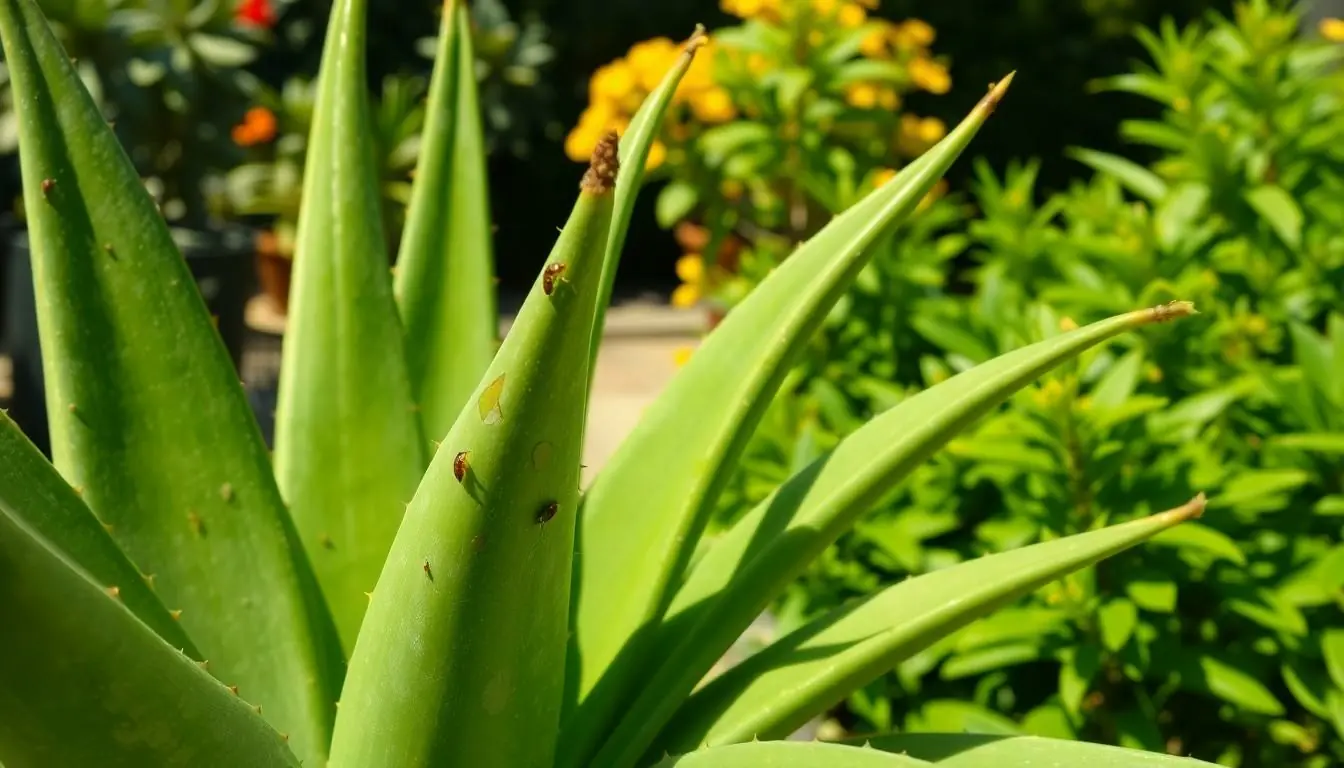
Aloe vera plants can fall victim to various pests, impacting their health and appearance. Recognizing these pests early helps address issues effectively.
Common Insect Infestations
Aloe vera plants often face infestations from mealybugs, aphids, and spider mites. Mealybugs cause a white, cottony appearance, feeding on the plant’s sap and weakening it over time. Aphids are small insects that cluster on young growth, leading to distorted leaves. Spider mites, tiny and red or yellow, create webbing and cause yellowing leaves. Identifying these infestations quickly leads to better management, minimizing damage.
Organic Pest Control Methods
Implementing organic pest control methods proves effective for managing infestations. Introducing beneficial insects like ladybugs can naturally reduce aphid populations. Neem oil acts as a natural pesticide, suffocating insects upon contact. Regularly spraying a mixture of water and mild soap helps dislodge pests while keeping the plant healthy. Maintaining good airflow around aloe vera plants also prevents pest infestations by reducing humidity levels.
Disease Management for Aloe Vera
Aloe vera plants face various diseases that can affect their health and appearance. Recognizing and addressing these issues promptly ensures plants remain vibrant and strong.
Fungal Infections
Fungal infections frequently occur in aloe vera when conditions are too damp or humid. Symptoms include dark spots or fuzzy growth on leaves. To combat these infections, ensure good airflow around the plants and use well-draining soil. Reducing watering frequency can also help prevent excess moisture, keeping the roots healthy. For an affected plant, applying a fungicide specifically designed for succulents can be effective. Daily monitoring of environmental conditions can prevent future outbreaks.
Bacterial Diseases
Bacterial diseases can arise from wounds or excessive moisture on aloe vera plants. Yellowing leaves and soft, mushy spots often indicate bacterial infections. Treatment involves removing affected leaves and ensuring that all tools are sterilized to avoid spreading bacteria. Improving drainage and avoiding overhead watering minimizes the risk of these diseases. Using a systemic antibacterial treatment might aid in recovery, particularly when caught early. Adjusting care practices can lead to significant improvements in plant health.
Environmental Factors Impacting Growth
Aloe vera plants thrive under specific environmental conditions, and several factors can influence their growth.
Light Requirements
Aloe vera needs bright, indirect sunlight for optimal growth. Too little light results in leggy growth as the plant stretches toward the light source. Conversely, excessive direct sunlight can scorch leaves, leading to browning tips. Placing aloe near a sunny window, yet shielded from harsh rays, promotes healthy foliage. Owners should rotate the plant occasionally to ensure even light exposure. Adjusting the light conditions can significantly enhance the vitality of aloe vera.
Temperature Sensitivity
Aloe vera prefers temperatures between 60°F and 75°F (15°C and 24°C). Exposure to cold drafts may cause stress, leading to drooping leaves and slow growth. Temperatures below 50°F (10°C) are damaging and can result in frostbite. When the temperature fluctuates too much, the plant may react adversely by stunting its growth. Maintaining a stable environment free from extreme conditions helps ensure the aloe remains robust and healthy.
Caring for aloe vera plants requires attention to detail and an understanding of their specific needs. By recognizing the signs of overwatering and underwatering owners can adjust their watering practices to keep these resilient plants healthy.
Addressing pest issues promptly and implementing organic control methods can prevent infestations from escalating. Additionally maintaining proper airflow and environmental conditions will further enhance the plant’s growth and vitality.
With the right care strategies in place aloe vera can thrive and continue to provide its numerous benefits.

